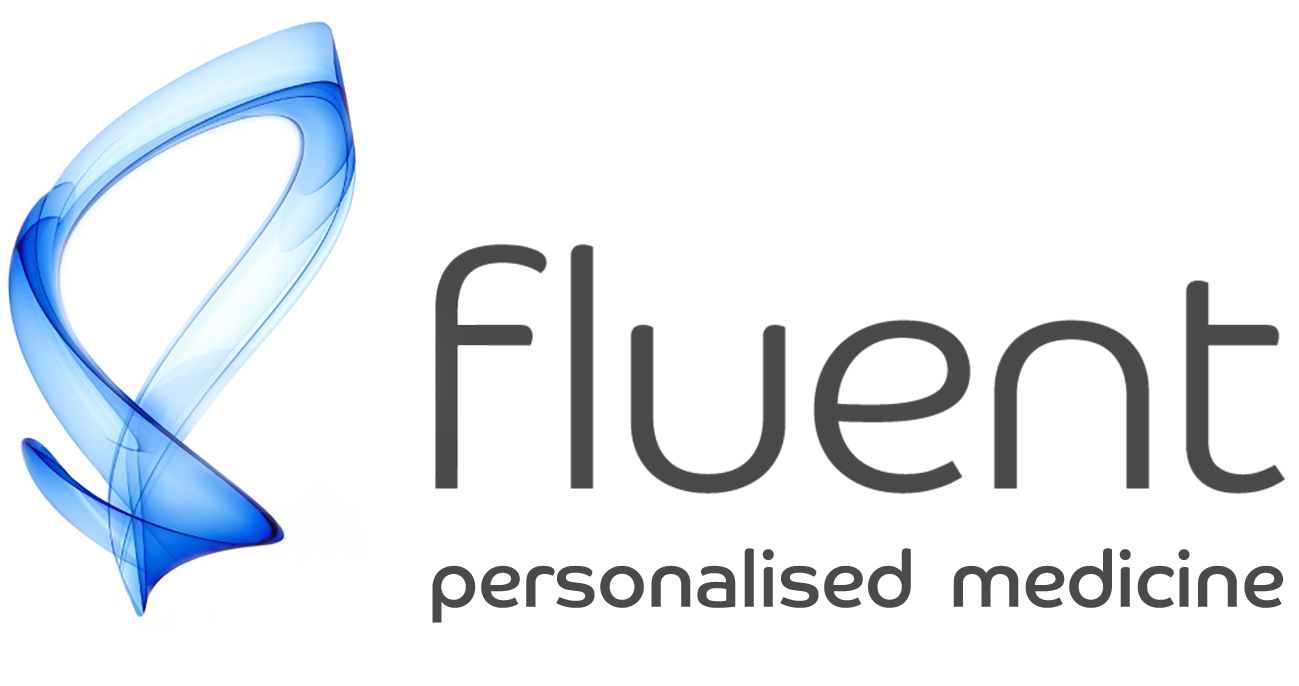Diabetes Coverage
Fluent PrevYOU's solutions cater to both Type 1 and Type 2 diabetes, ensuring comprehensive support for individuals with varying needs and conditions.
If you have been diagnosed with diabetes recently you can find some useful information here.
The table below outlines the main differences between Type 1 and Type 2 Diabetes. The following paragraphs delve deeper into specific aspects such as causes, symptoms, and treatment approaches. We are also adding information about Gestational Diabetes to provide a complete overview of Diabetes types.
We invite you to also check other sources such as National Diabetes Associations websites to keep building your knowledge and understanding of diabetes and learn about initiatives in your country. We view education as the most powerful tool for effectively managing and overcoming diabetes challenges.
Type 1 vs. Type 2 Diabetes: Key Differences
| Feature | Type 1 Diabetes | Type 2 Diabetes |
| Cause | Autoimmune: the immune system attacks insulin-producing cells in the pancreas. | Insulin resistance: the body doesn’t use insulin properly; may later produce less insulin. |
| Onset | Usually develops in childhood or adolescence, but can occur at any age. | Typically develops in adults over 45, but increasingly seen in younger people. |
| Insulin Production | The body produces little to no insulin. | The body produces insulin, but it’s not used effectively. |
| Treatment | Requires daily insulin therapy. | Managed with lifestyle changes, oral medications, and sometimes insulin. |
| Symptoms | Develop quickly and are more noticeable. | Develop gradually and may go unnoticed for years. |
| Risk Factors | Genetic predisposition; not linked to lifestyle. | Family history, obesity, sedentary lifestyle, age, and ethnicity. |
| Prevention | Cannot be prevented. | Often preventable through healthy lifestyle choices. |
| Prevalence | About 5–10% of diabetes cases. | About 90–95% of diabetes cases. |
Type 1 Diabetes
Type 1 Diabetes Overview
Type 1 Diabetes (T1D) is a chronic autoimmune condition in which the body’s immune system mistakenly attacks and destroys the insulin-producing beta cells in the pancreas. As a result, the body produces little to no insulin, a hormone essential for regulating blood glucose levels.
Onset
Typically develops in children, adolescents, or young adults, though it can occur at any age. The onset is usually rapid and requires immediate medical attention.
Causes
- Autoimmune response
- Genetic predisposition
- Environmental triggers (e.g., viral infections)
Symptoms
- Frequent urination
- Excessive thirst
- Unexplained weight loss
- Fatigue
- Blurred vision
- Increased hunger
Diagnosis
- Fasting blood glucose
- HbA1c levels
- Autoantibodies (e.g., GAD, IA-2)
- C-peptide levels (to assess insulin production)
Treatment
- Lifelong insulin therapy (via injections or insulin pump)
- Continuous glucose monitoring (CGM)
- Carbohydrate counting and dietary management
- Regular physical activity
- Education and psychosocial support
Complications (if unmanaged)
- Diabetic ketoacidosis (DKA)
- Long-term: cardiovascular disease, neuropathy, nephropathy, retinopathy
Management Goals
- Maintain blood glucose within target range
- Prevent acute and chronic complications
- Improve quality of life and long-term outcomes
Type 2 Diabetes
Type 2 Diabetes Overview
Type 2 diabetes is a chronic condition that affects how your body processes blood sugar (glucose). It occurs when the body either doesn't produce enough insulin or becomes resistant to insulin, preventing glucose from entering cells efficiently. As a result, glucose builds up in the bloodstream, leading to high blood sugar levels.
Key Facts
- Most common form of diabetes, accounting for 90–95% of cases.
- Can develop at any age but is more common in adults over 45.
- Increasingly diagnosed in children and teens due to rising obesity rates.
- Often develops slowly and may go unnoticed for years.
Symptoms
- Increased thirst and urination
- Fatigue
- Blurred vision
- Slow-healing wounds
- Numbness or tingling in hands or feet
- Frequent infections
- Unexplained weight loss
Causes & Risk Factors
- Insulin resistance: cells don’t respond properly to insulin.
- Genetics: family history increases risk.
- Lifestyle: poor diet, physical inactivity, and obesity.
- Ethnicity: higher risk among African American, Hispanic/Latino, Native American, Asian American, and Pacific Islander populations.
Management
- Healthy eating and regular physical activity
- Weight loss (if overweight)
- Blood sugar monitoring
- Medications or insulin therapy if needed
Gestational Diabetes
Gestational Diabetes Overview
Gestational diabetes is a type of diabetes that develops during pregnancy in individuals who did not previously have diabetes. It typically arises between the 24th and 28th week of pregnancy due to hormonal changes that cause insulin resistance, leading to elevated blood sugar levels.
Key Facts
- Affects 5–10% of pregnancies in the U.S.
- Usually disappears after childbirth.
- Increases the risk of developing type 2 diabetes later in life.
Causes
- Hormones from the placenta interfere with insulin function.
- The body may not produce enough insulin to overcome this resistance.
- Risk increases with obesity, family history of diabetes, age over 25, and certain ethnic backgrounds.
Symptoms
- Often no noticeable symptoms.
- Possible signs: increased thirst, frequent urination, fatigue.
- Diagnosis is made through routine screening during pregnancy.
Risks & Complications
- For the baby: high birth weight, premature birth, low blood sugar after birth, increased risk of obesity and type 2 diabetes later.
- For the mother: preeclampsia, cesarean delivery, future type 2 diabetes.
Management
- Healthy diet and regular physical activity.
- Monitoring blood sugar levels.
- In some cases, insulin therapy may be needed.
